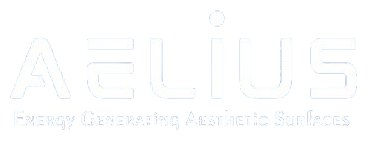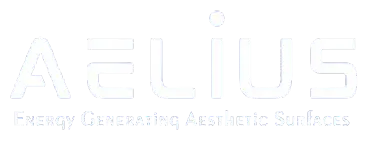Designing with BIPV
Discover how Aelius transforms architecture with Building-Integrated Photovoltaics (BIPV). From size customization to elegant facades and innovative installation methods, we merge solar technology with modern design without compromising aesthetics or performance.

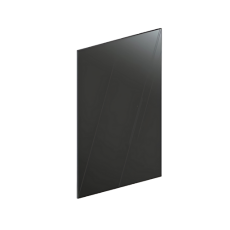
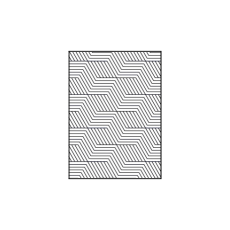
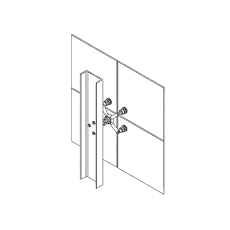
Size
Solar panels are available in a range of sizes to accommodate diverse architectural requirements. From compact sections to large, seamless formats, we provide flexibility in dimensions to suit various design specifications. Whether for narrow spaces or expansive facades, each panel is precisely engineered for a perfect fit. Other custom sizes are also available upon request. Our standard sizes (in mm) are – 457×457, 1200×457, 1200×900, 1800×300, 1800×1200, 2400×1200. Other custom sizes also available on request.
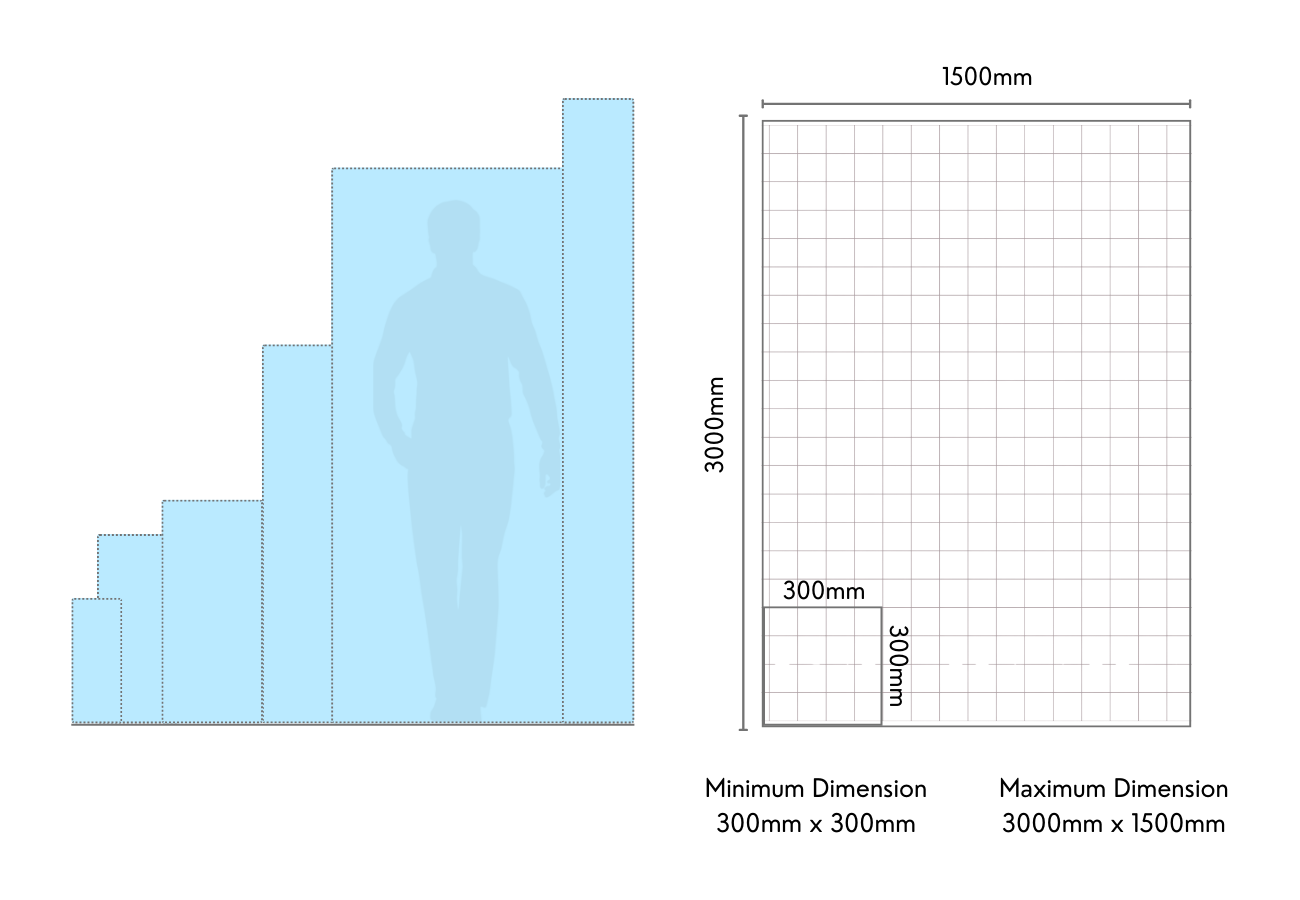
Color
The Aelius Attic BIPV Series harmonizes aesthetics with innovation, offering a versatile palette of colors tailored to
complement any design vision. These cutting-edge solar facings seamlessly integrate energy generation with architectural
flexibility, redefining the landscape of sustainable building design.
Pale Rose
Charcoal Grey
Turquoise
Sky Blue
Yellow
Apple Blosoom
Green
Milky White
Icy White
Black
White
Grey
Design
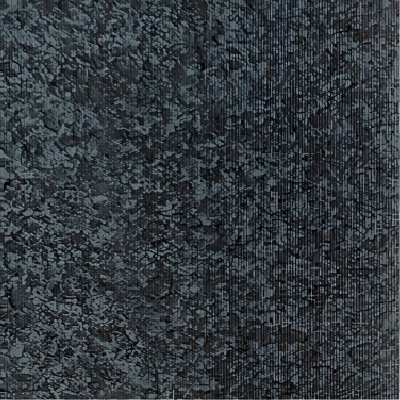
Glossy 1
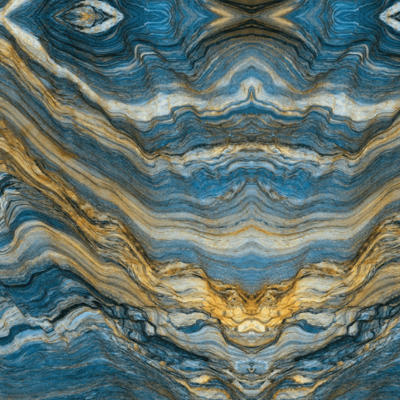
Glossy 2
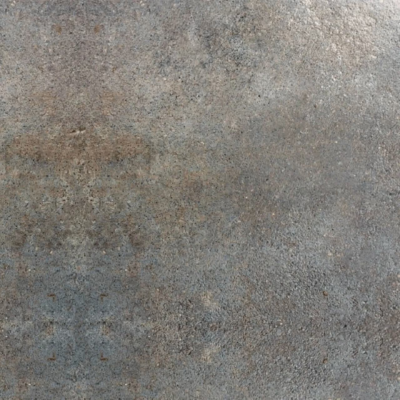
Glossy 3
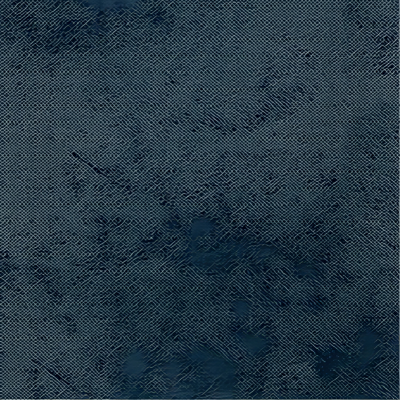
Glossy 4
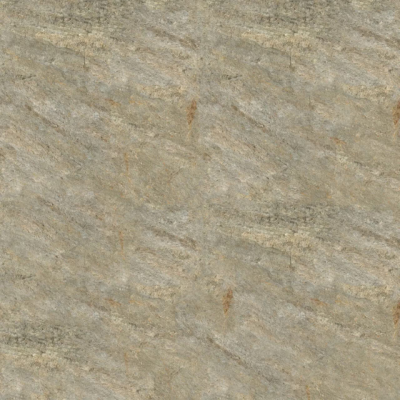
Glossy 5
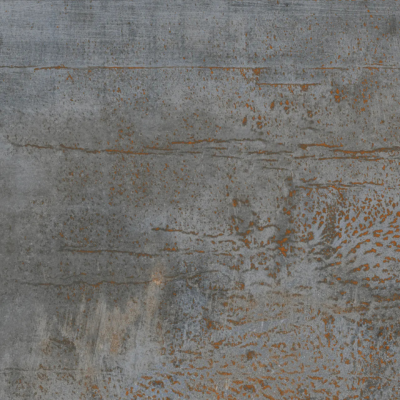
Glossy 6
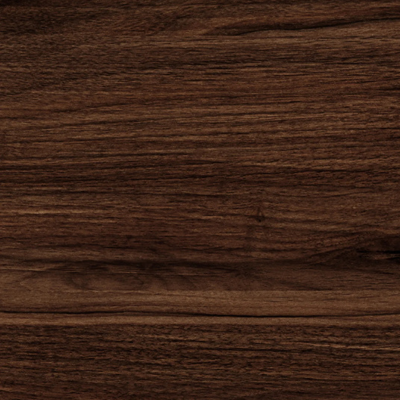
Wooden 1
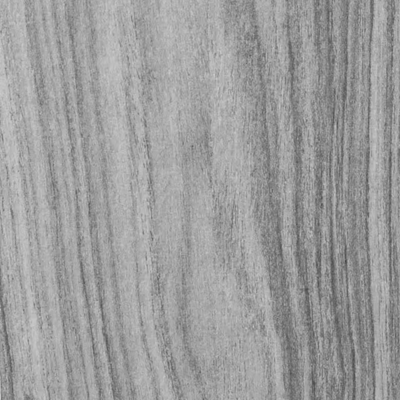
Wooden 2
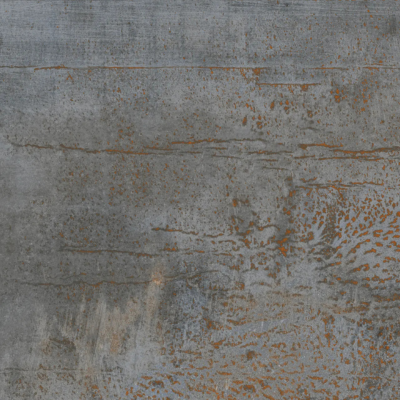
Wooden 3
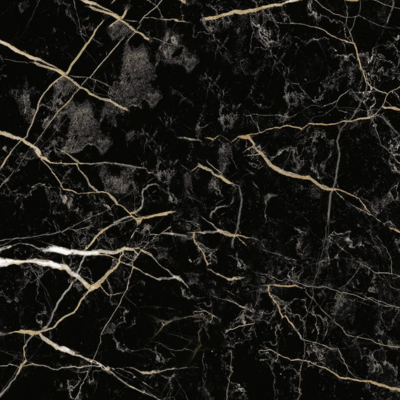
Marble 1
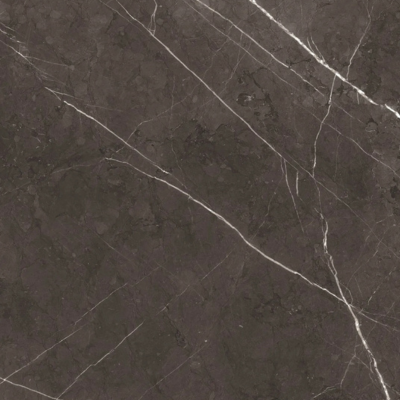
Marble 2
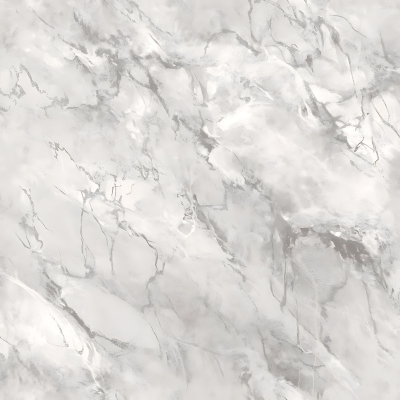
Marble 3
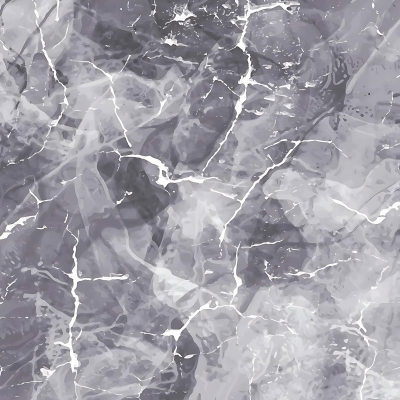
Marble 4
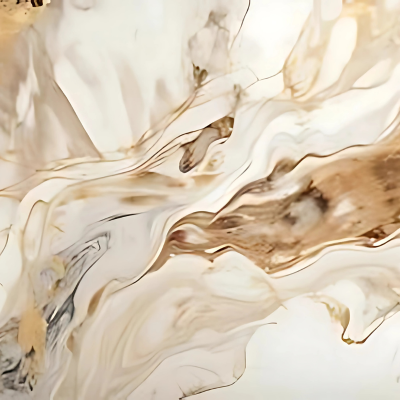
Marble 5
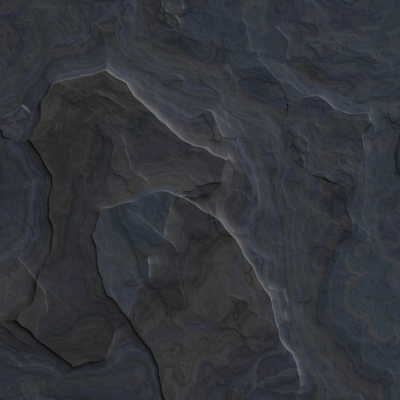
Marble 6
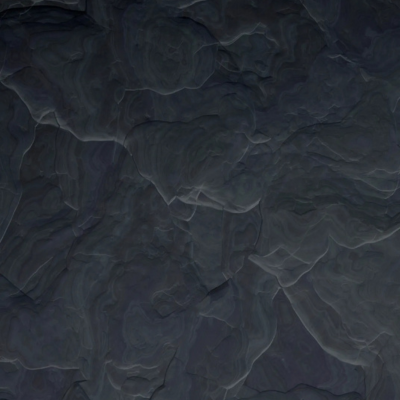
Marble 7
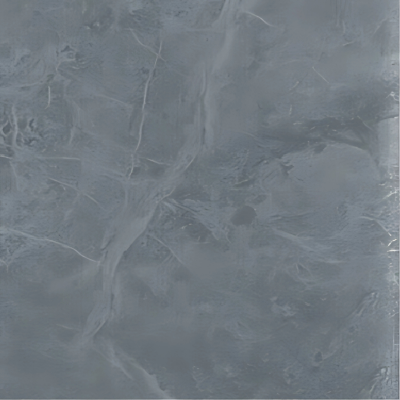
Marble 8
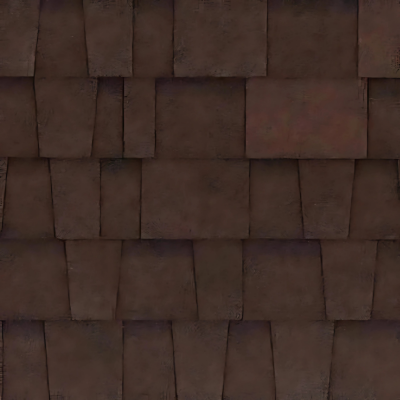
Shingle 1
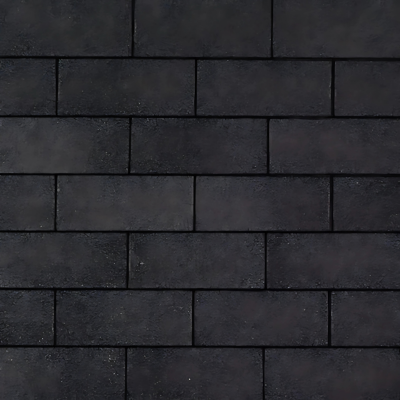
Shingle 2
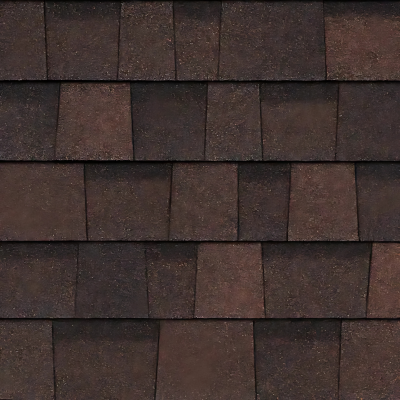
Shingle 3
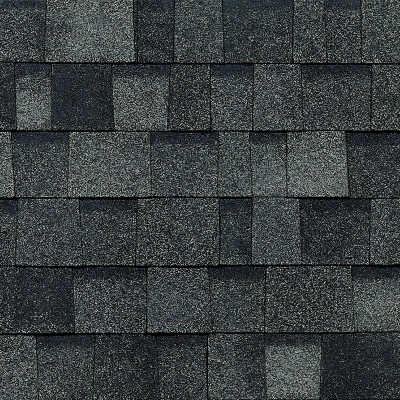
Shingle 4
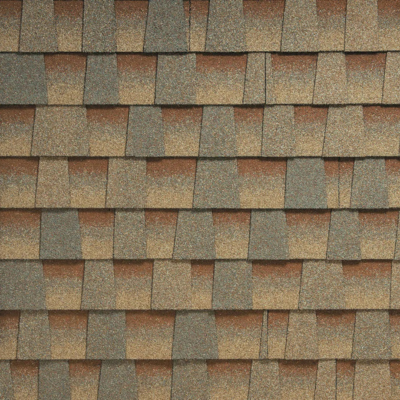
Shingle 5
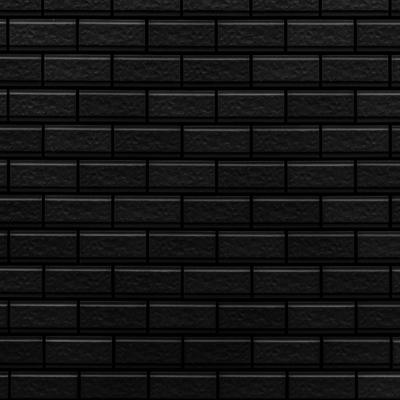
Shingle 6
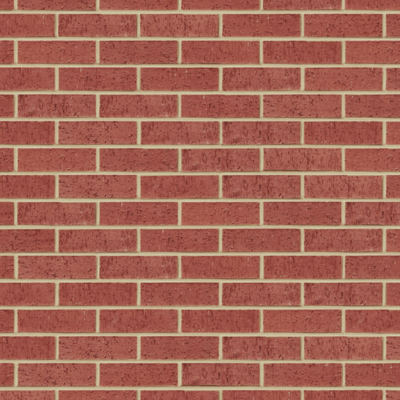
Shingle 7
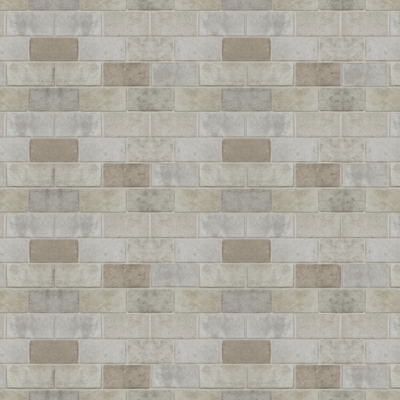
Shingle 8
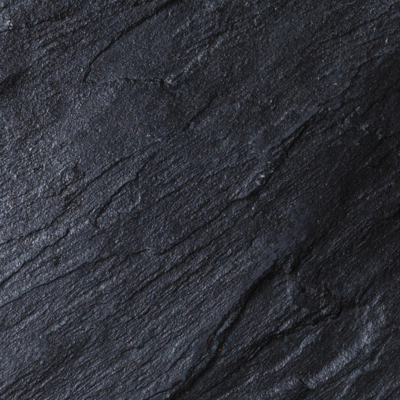
Striata
Installation
1. Cladding
BIPV (Building-Integrated Photovoltaics) cladding-type installation involves integrating solar panels directly into the building’s façade as an outer skin, replacing traditional wall cladding materials. These systems serve both as a building envelope and a renewable energy generator, offering aesthetic appeal along with thermal insulation and weather protection.
BIPV cladding systems are often installed using a rainscreen approach. In this configuration, photovoltaic panels serve as the outermost layer, providing weather protection while allowing for ventilation and moisture management behind the panels. This setup enhances both the energy efficiency and durability of the building envelope.
2. Fins
3. Railing
Structural Components
Frames and supports are typically made from durable materials like aluminum or stainless steel, ensuring longevity and resistance to environmental factors.
Electrical Integration
Concealed Wiring: Electrical conduits are ingeniously hidden within the
railing’s posts or handrails, maintaining a clean aesthetic without visible cables.
System Compatibility: The generated electricity can be directed to the building’s grid or stored in batteries, depending on the system design and user requirements.
Installation Methods
Mounting Systems: BIPV railings can be installed using various methods,
including post-and-cap systems or base shoe systems, allowing flexibility for new constructions or retrofits.
